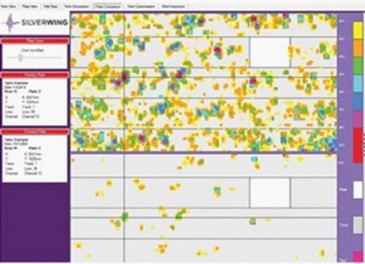
Magnetic Flux Leakage (MFL) is a non-destructive testing (NDT) method used to detect corrosion, pitting, and other defects in ferromagnetic materials, such as steel. It is commonly employed to inspect pipelines, storage tanks, and other critical components.
How does MFL work?
The basic principle of MFL involves the following steps:
- Magnetization: A strong magnetic field is introduced into the material using permanent magnets or electromagnets.
- Flux Leakage: In areas where the material is sound, the magnetic flux remains largely contained within the material. However, if defects like corrosion or cracks are present, they disrupt the magnetic field, causing some of the flux to “leak” out of the material’s surface.
- Detection: Sensors are used to detect and measure the variations or “leakage” in the magnetic field. These variations indicate the presence, location, and severity of defects.
- Analysis: The detected signals are processed and analyzed to provide information about the condition of the material.
Applications of MFL
MFL is used in a wide range of industries and applications, including:
- Oil and gas: Inspection of pipelines, storage tanks, and other infrastructure.
- Chemical industry: Inspection of pipelines and pressure vessels.
- Transportation: Inspection of pipelines, and other components.
- Storage tank: MFL is used to inspect the floor of the tank.
Advantages of MFL
- Fast inspection: MFL can rapidly scan large areas, making it a cost-effective inspection method.
- Detection of surface and subsurface defects: MFL can detect defects on both the surface and near the surface of the material.
- Versatile: MFL can be used to inspect a variety of ferromagnetic structures and components.
Limitations of MFL
- Material limitations: MFL can only be used on ferromagnetic materials.
- Lift-off sensitivity: The distance between the sensor and the material surface (lift-off) can affect the accuracy of the inspection.
- Not suitable for all defect types: MFL is most effective at detecting metal loss due to corrosion and pitting, but may be less sensitive to other types of defects, such as cracks.
